Table of Contents
Last month, I woke up on the wrong side of the bed—literally grumpy, physically uncomfortable, feeling uprooted about where to focus my energies. Should I be in Japan or considering returning to the UK to help my Dad? We all have these chapters when our internal compass seems slightly off.
By evening, finding balance through unexpected solitude, covered in mosquito bites but satisfied by accomplishment, I’d completely forgotten which side of the bed I’d woken up on.
Perhaps that’s the first thing to understand about balance after 50: it’s not something you achieve and hold forever. It’s the daily, sometimes moment-by-moment dance of adjustment, discovering what you actually need versus what you think you should need.
The Myth of Perfect Balance (And What Actually Works)
For most of our first 50 years, we believed in the juggling act—keeping all the plates spinning perfectly. Family, career, social obligations, health goals, financial pressures. But what if balance in the second half of life isn’t about maintaining that frantic pace?
What if it’s about learning which plates to let go of?
After living alone again for over 500 days now, cycling to work each morning, starting each day with Duolingo while my coffee cools, I’ve discovered something: balance isn’t a state of perfect harmony. It’s a verb. It’s the gentle, ongoing work of adjusting your weight, shifting your priorities, and consciously choosing where to place your energy.
What does balancing look like in your daily life?
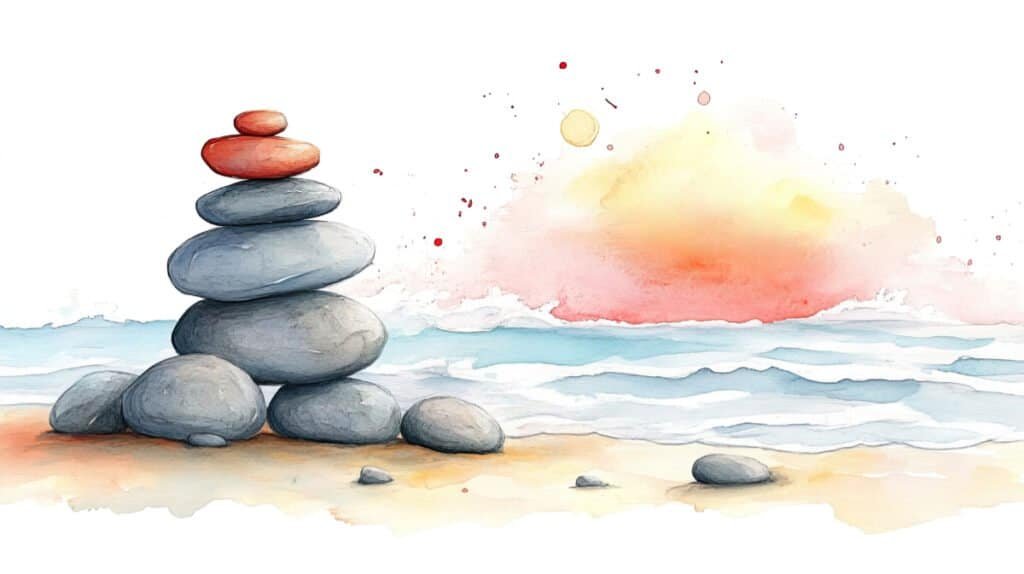
The truth is, most days I’m still figuring it out. Some mornings I wake up feeling settled and purposeful. Other days, like that grumpy farming day, I feel completely off-kilter. But I’ve learned that balance isn’t about avoiding those off days—it’s about having practices that can gently guide you back to center.
The Four Pillars of Finding Balance
Real balance isn’t just about time management or productivity hacks. It’s about aligning your daily life with what actually brings you peace and purpose. Here’s what I’ve discovered works, not as prescriptive advice, but as one person’s honest experiment in living well.
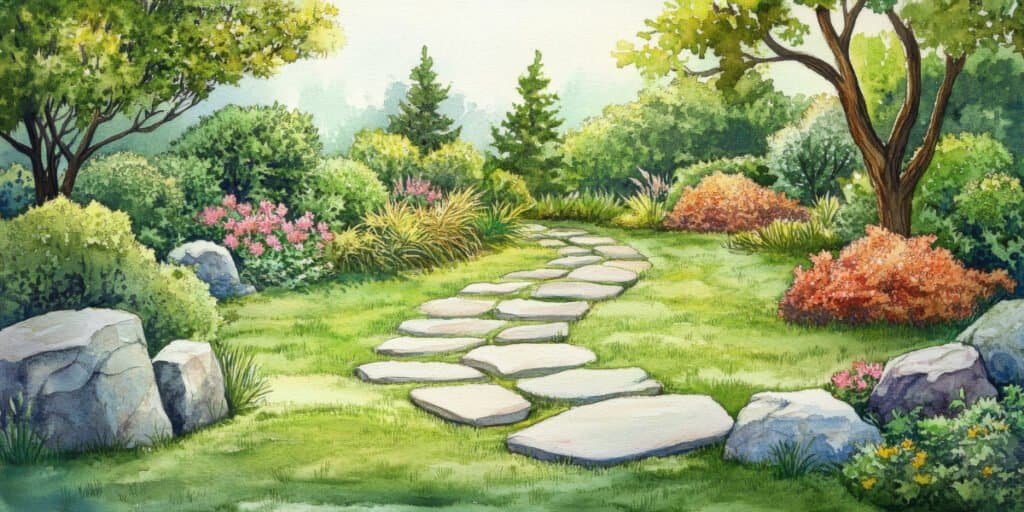
1. The Balance of Mind: Learning to Be Still
Stillness becomes more accessible when we’re alone, thinking less, surrounded by nature, and free from external pressures to perform or engage socially.
Many of us discover stillness in different ways—through focused work, meditation, time in nature, or simply moments of purposeful solitude. The goal isn’t to eliminate all noise from our lives, but to create regular spaces where we can hear our own thoughts clearly.
Letting Go of “Shoulds”: We carry a lifetime of expectations—from others, from ourselves, from the person we used to be. I spent years trying to impress people in corporate settings, not realizing that deep inside was someone who found far more authenticity working outside with his hands in the dirt.
This is a gentle invitation to release the pressure to be the same person you were at 30, or even 40. The pressure to maintain old loyalties that no longer serve you. Sometimes being too loyal to old versions of ourselves becomes its own trap.
Do you have any expectations you’re still carrying that don’t really fit anymore?
Practicing Self-Compassion: Balance includes honoring our struggles, not just our successes. Some days I feel uprooted, unsure where to focus my energies. More than two days alone at home on the computer, and I begin to feel disconnected—or more accurately, start thinking too much, which maybe isn’t ideal for mental wellbeing.
The key isn’t avoiding these feelings but acknowledging them as part of the human experience, especially during this stage of life when so much is shifting.
2. The Balance of Body: Movement as Medicine
Movement for Joy, Not Punishment: Every morning, I cycle to work through quiet farmland. It’s not intense exercise—it’s simply movement that connects me to the world, provides fresh air, and creates a gentle transition from home to work.
The goal isn’t to punish my body for aging but to celebrate what it can still do. Some days that’s weeding for hours or digging vegetable beds. Other days it’s just a quiet walk to 7-Eleven for coffee—not just for the movement, but for that minimal connection to society that reminds me I’m part of something larger.
Rest as Revolution: I’ve learned that rest isn’t just sleep. It’s working in silence without needing to adjust to others’ communication styles. It’s the freedom from constantly gauging how I’m being perceived or whether I’m responding appropriately.
Rest is saying no without guilt. Rest is acknowledging that solitude isn’t selfish—it’s essential.
What kind of movement puts a smile on your face?
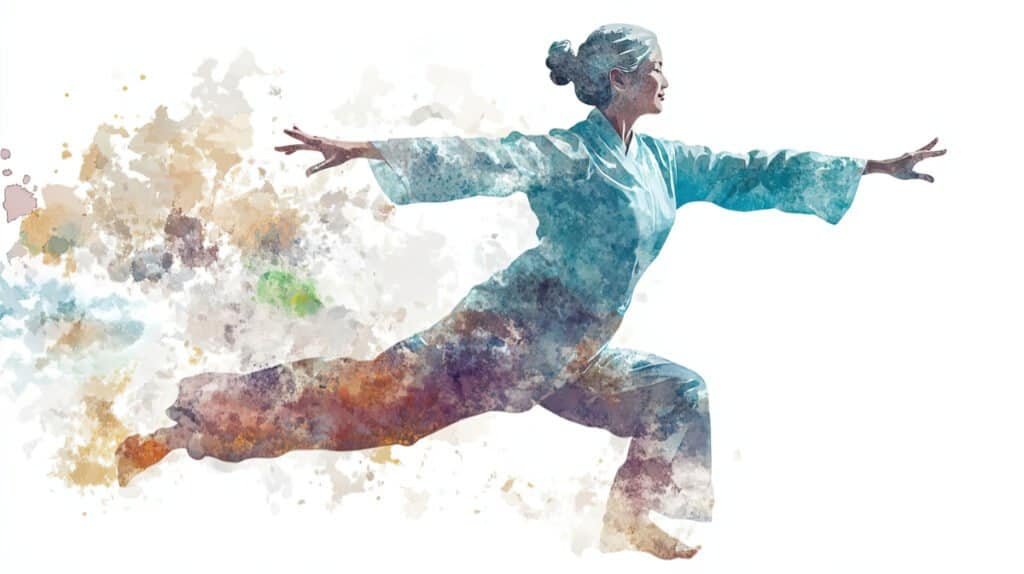
3. The Balance of Soul: The Ongoing Search for Meaning
Redefining Purpose Beyond the Paycheck: At nearly 60, living paycheck to paycheck as an English teacher and farmer, I’ve had to redefine what success looks like. Purpose isn’t always a grand, sweeping mission. Sometimes it’s found in the satisfaction of tackling big jobs alone at work and seeing the before and after of your efforts.
Sometimes it’s in the 530+ consecutive days of stumbling through Japanese vocabulary—a tiny routine that became my anchor when everything else fell apart.
Finding the Sacred in the Ordinary: That day when my boss canceled and I worked alone? I hadn’t prayed properly that morning, wouldn’t have known what to ask for. Yet somehow, the universe provided exactly what I needed:
- Rising early and making an effort
- Physical movement through cycling
- Fresh air and connection with nature
- Solitude with purpose
- Warm weather that energizes rather than depletes
Was it divine intervention? Had I earned a break? Or had I simply been overthinking, failing to recognize that I already had what I needed?
Where do you find meaning in your ordinary days?

4. The Balance of Community: Quality Over Performance
Authentic Connection Over Social Obligation: Working with my Japanese colleagues means adapting to different communication expectations. Though we worked together for over a decade, there’s still energy expenditure in adjusting myself to others’ styles and expectations.
Being alone provides a break from this adjustment, allowing me to exist without constantly thinking about how I’m being perceived. But too much isolation becomes equally unbalancing. It’s about finding the sweet spot between authentic connection and essential solitude.
The Power of Shared Stories: Over the years, many of my students have shared similar sentiments about needing personal space. This seems particularly common among women who express a desire for moments away from family responsibilities, especially when spouses are home more after retirement.
There’s something deeply comforting about realizing we’re not alone in these struggles. True balance often happens when we share our honest experiences and discover others navigating similar challenges.
How do you balance your need for connection with your need for solitude?
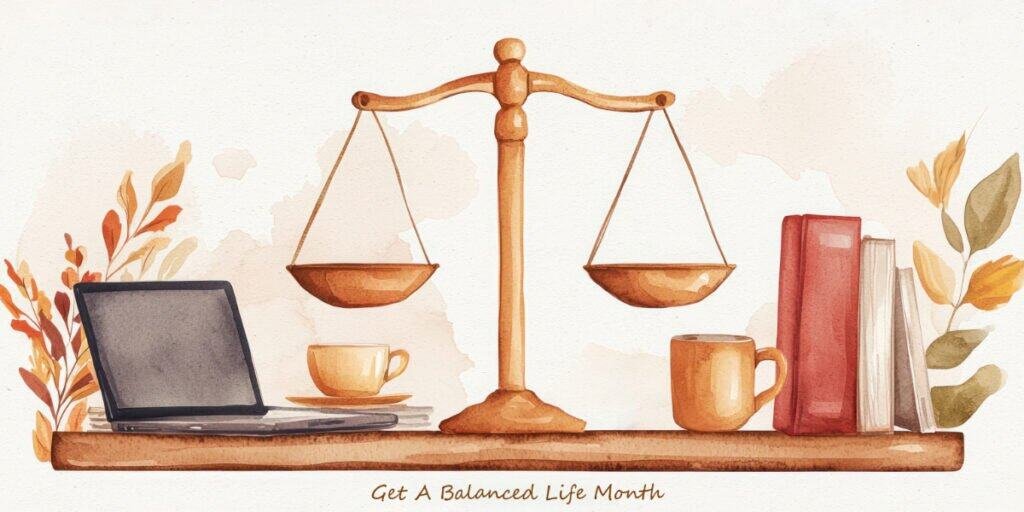
Your Path to Balance: Three Gentle Experiments
Remember, this isn’t about making big, sudden changes. It’s about starting with small, gentle actions that add up over time.
Start an “Enough” Journal: At the end of each day, write down one moment when you felt you had enough. Not more, not less—just enough. It could be as simple as enjoying the quiet of your morning coffee or the satisfaction of completing a task in peaceful silence.
Practice the “One Thing” Check-In: During routine activities—whether it’s making coffee, walking to the store, or doing household tasks—pause and ask yourself: “What do I actually need right now?” Not what you think you should need, but what would genuinely help you feel more balanced in this moment. Sometimes it’s rest, sometimes movement, sometimes connection, sometimes solitude. Sometimes it’s never being too old for a good tune that lifts your mood. This simple practice helps you tune into your authentic needs rather than operating on autopilot.
Find Your Version of Weeding: What activity puts you in a state of flow? What task allows you to be fully present, thinking less, connecting with something beyond your daily worries? It doesn’t have to be farming—it could be cooking, writing, gardening, or simply organizing a closet with focused attention.
What small practice might become your unexpected anchor?

The Real Truth About Balance After 50
Here’s what I’ve learned: balance isn’t a destination you reach and maintain. It’s not about having it all figured out or achieving some perfect state of harmony.
It’s about becoming comfortable with the constant adjustments. It’s learning to recognize when you’re off-kilter and having gentle practices to guide you back to center. It’s accepting that some days you’ll wake up grumpy and some days the universe will deliver exactly what you need.
Most importantly, it’s understanding that your version of balance might look completely different from mine. Maybe you thrive on more social interaction. Maybe you need different types of movement. Maybe you’ve found completely different things that work for your circumstances.
The key isn’t perfection—it’s honest self-awareness. Noticing what actually makes a difference in how you feel and function. Then being brave enough to adjust accordingly, even if it means letting go of old expectations about who you should be.
Because ultimately, finding balance after 50 isn’t about becoming someone new. It’s about becoming more authentically yourself—accepting both the challenging days and the unexpected gifts that come our way, and being grateful with all of it.

What does balance look like in your real life—not what it should look like, but what actually works for you?

Share your thoughts below. I respond to every comment, and your experience often helps others more than mine does.
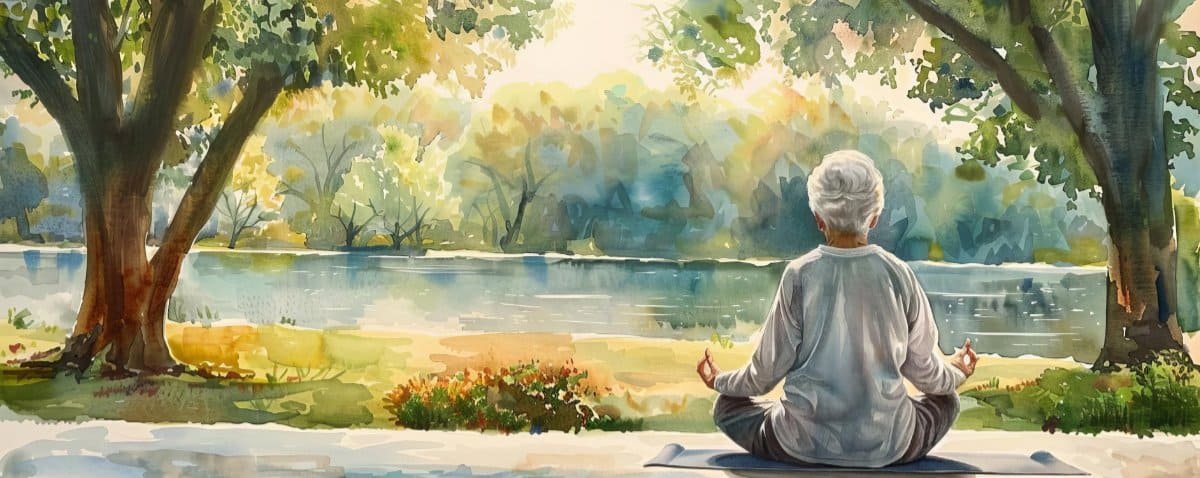


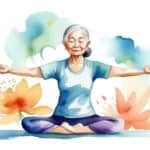

Do you have balance in your life? If you don’t mind, feel free to tell us your age and ways that you find a sense of balance.